Impact Assessment Report: Bhandara, India
This report discusses the impact of Safe Water Network's implementation of reverse osmosis treatment water stations with remote monitoring systems in 10 villages in India.
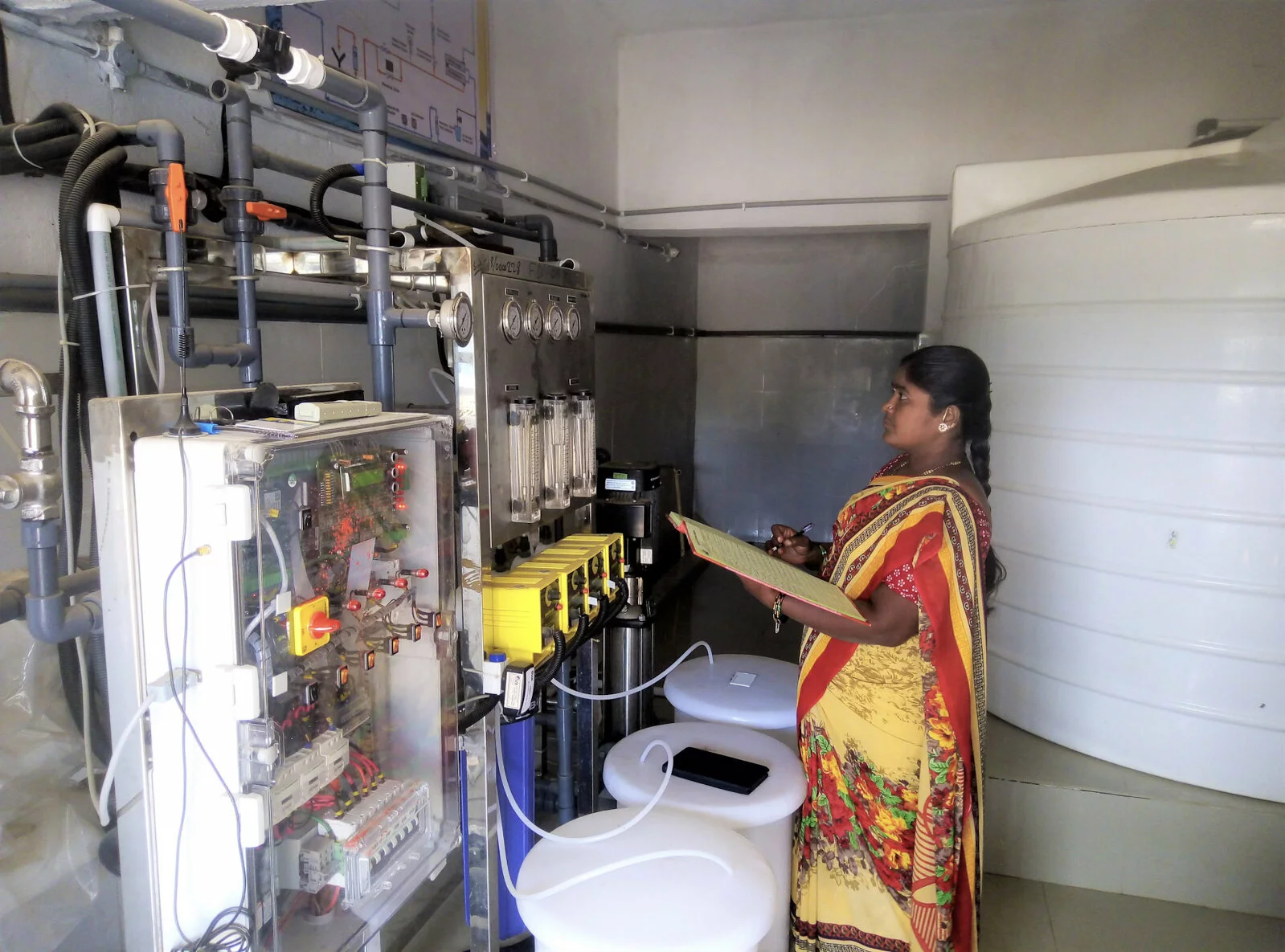

This report discusses the impact of Safe Water Network's implementation of reverse osmosis treatment water stations with remote monitoring systems in 10 villages in India.

Safe Water Network’s market-based approach allows locally owned and operated stations to maintain reliability, long-term sustainability, and financial viability.
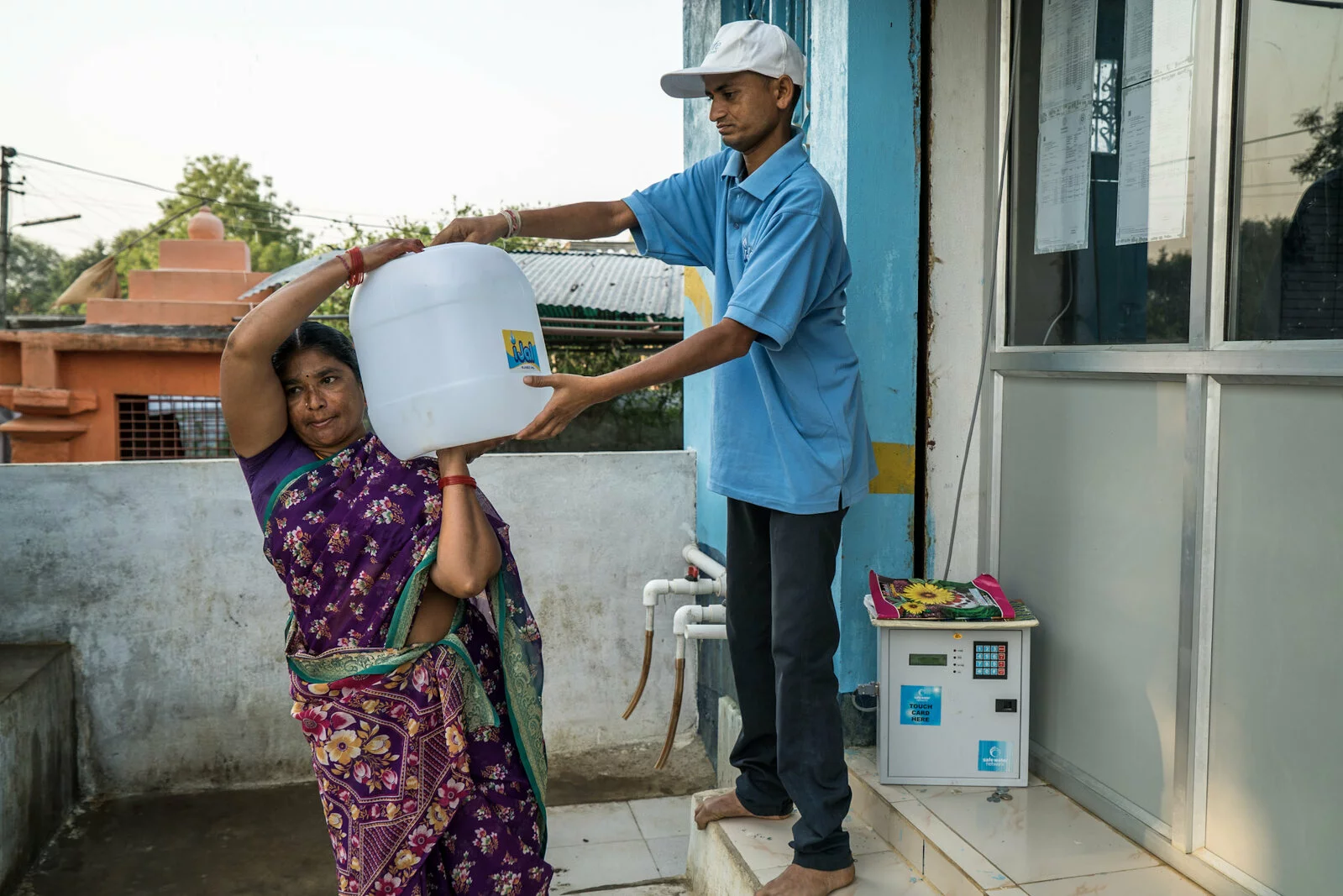
The third annual Beyond the Pipe Ghana forum focused on the potential for public-private partnerships in community water systems.
Safe Water Network partnered with Modern Architects of Rural India to introduce a market-based model to 55 Safe Water Stations.
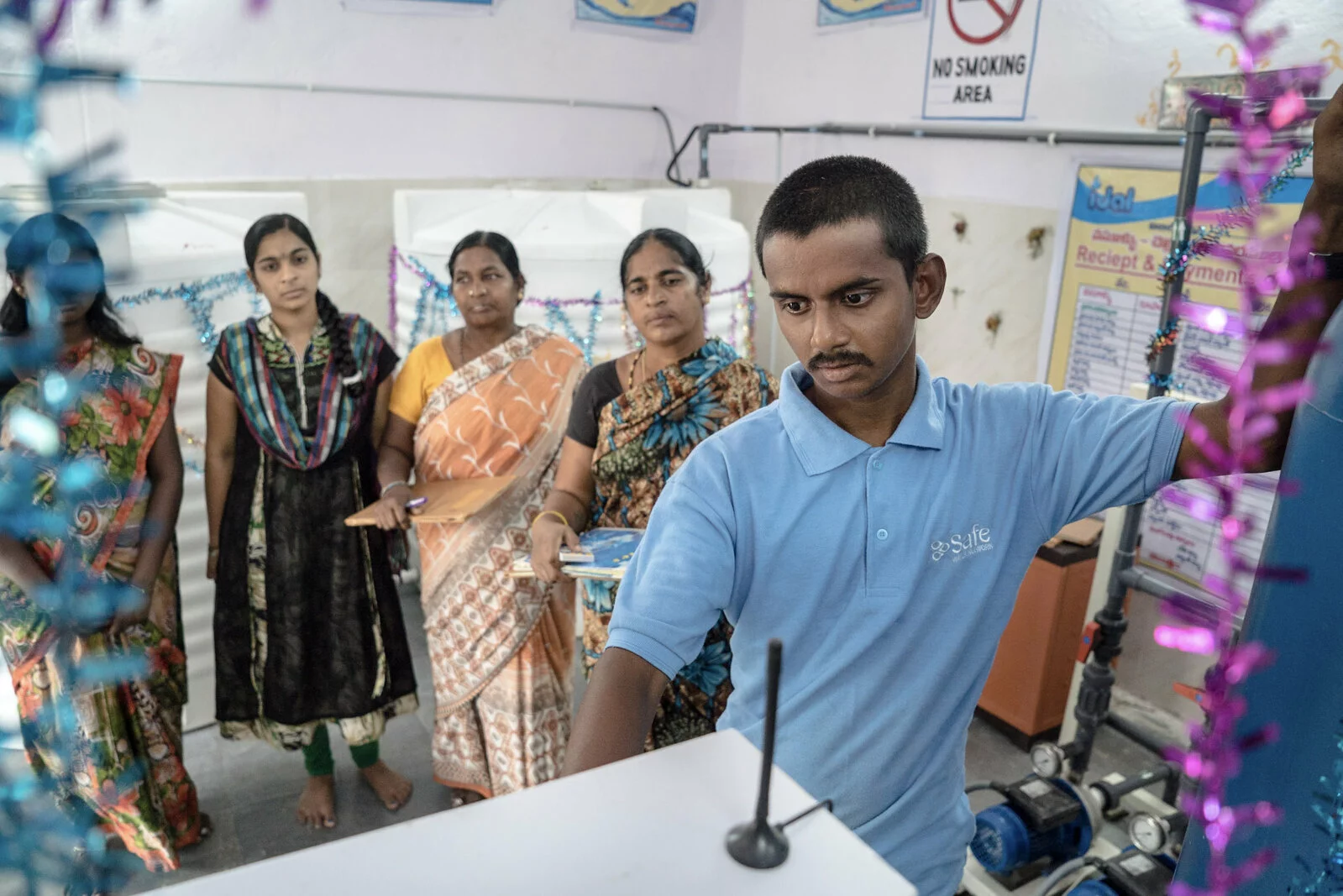
The third annual International Beyond the Pipe Forum in Hyderabad, India, explored the potential for Public-Private Partnerships to address the safe-water needs of communities in the state of Telangana.
The theme of the 2014 World Water Week Conference was “Energy and Water.”
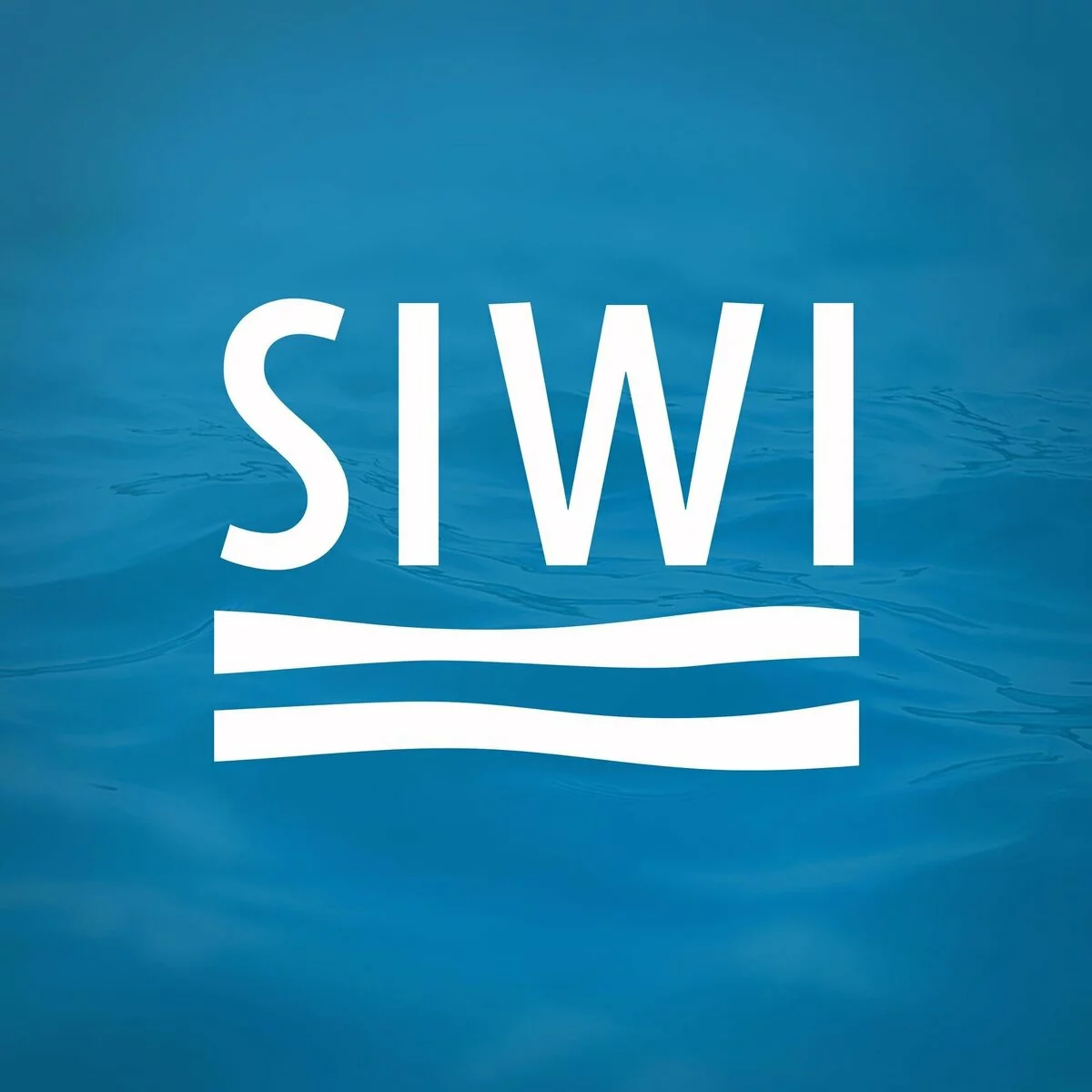
Different sectors have relied on a variety of strategies to address the issue. In this report, Safe Water Network examined the different methods in use and tied them together in a single assessment.
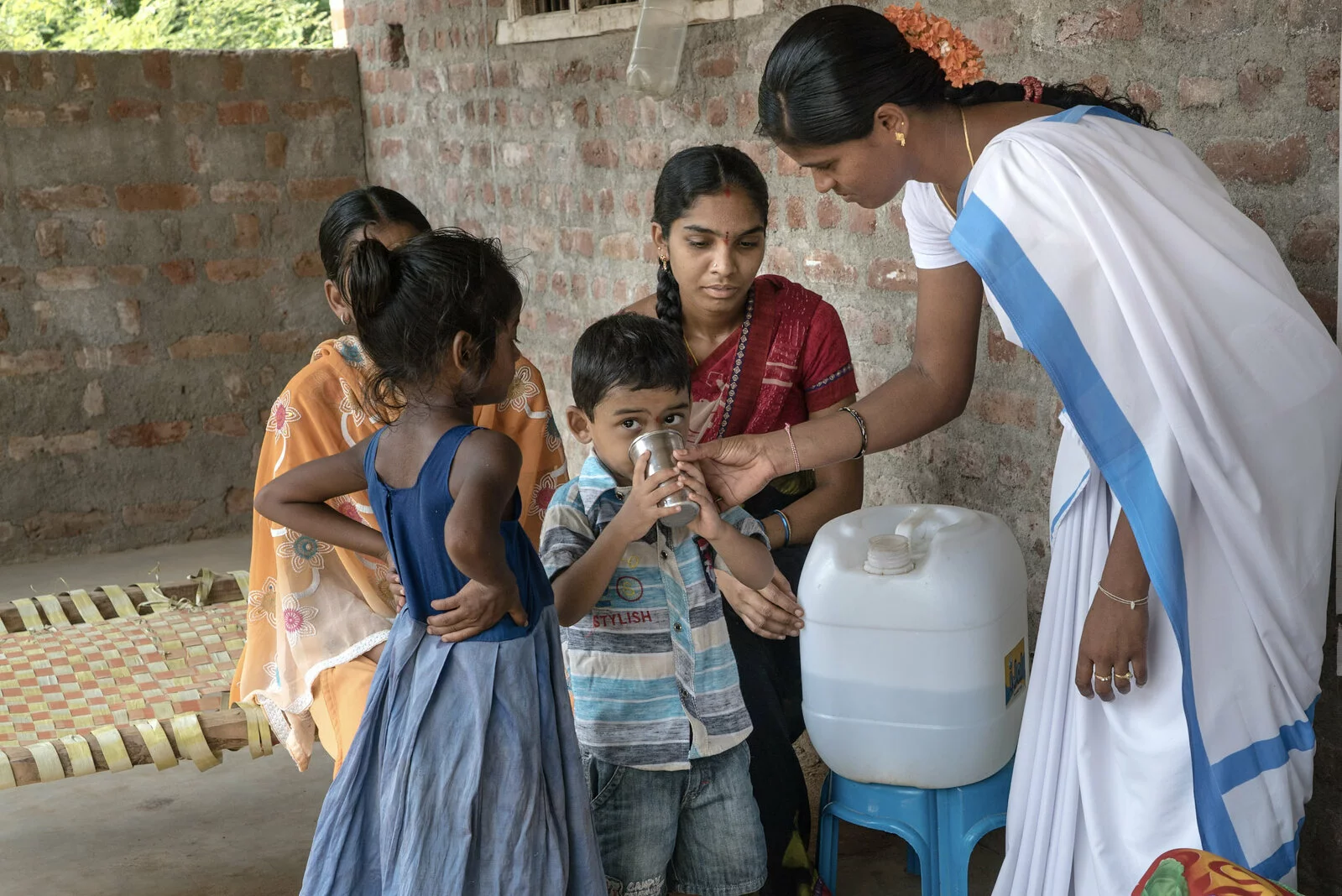
This study, conducted by Safe Water Network and India’s Institute of Health Management Research (IIHMR), sought to understand: the social and demographic profile of the project villages in question; the economic profile of people in these project villages; and the social and economic dimensions of the variables related to water, sanitation, and health issues.